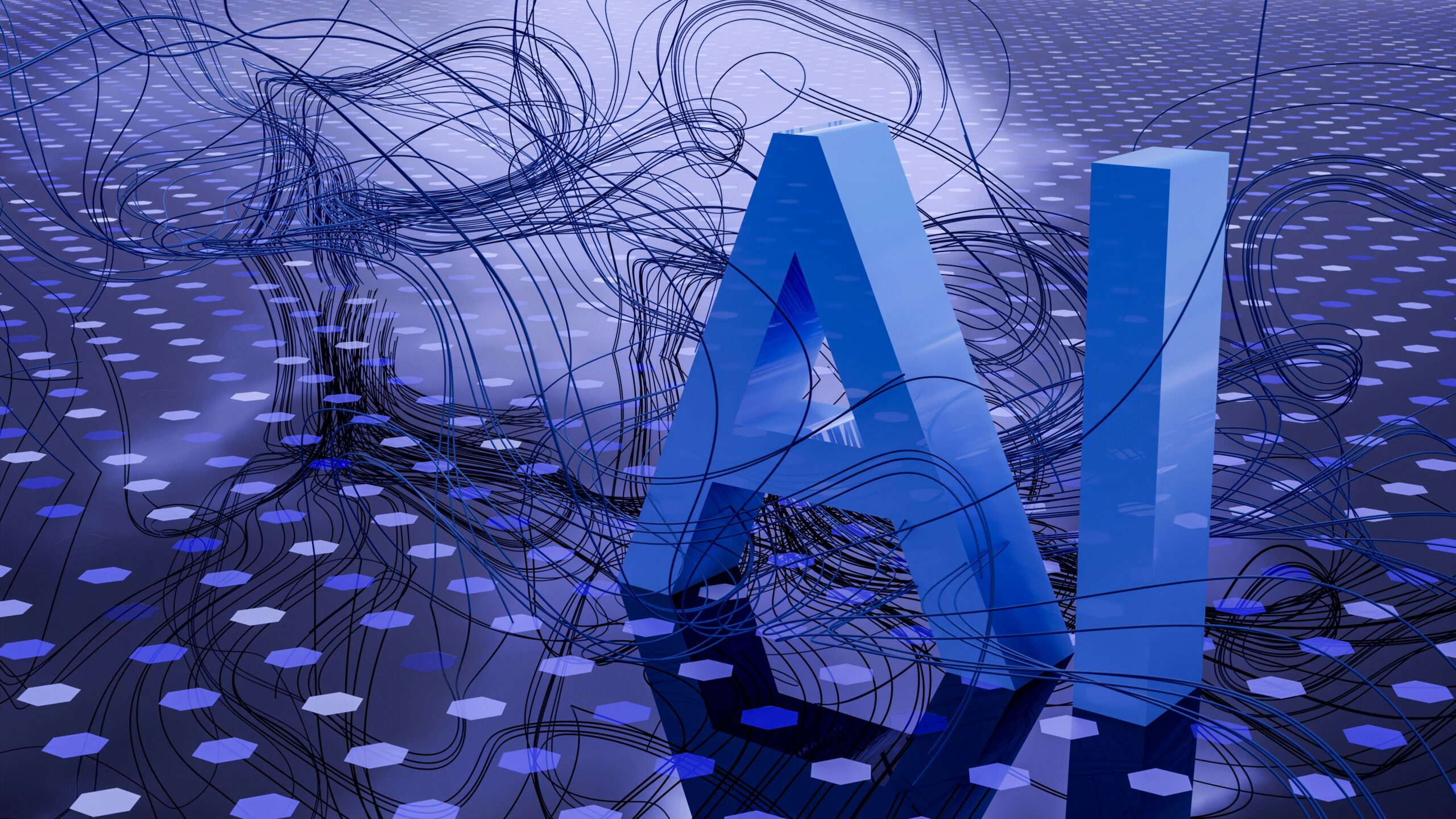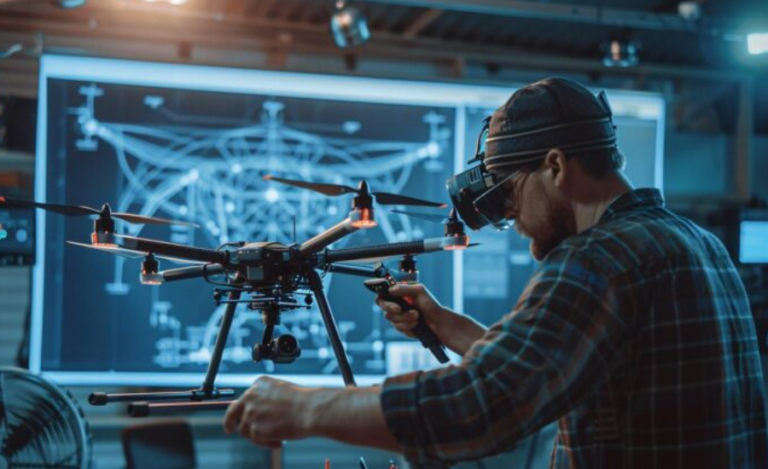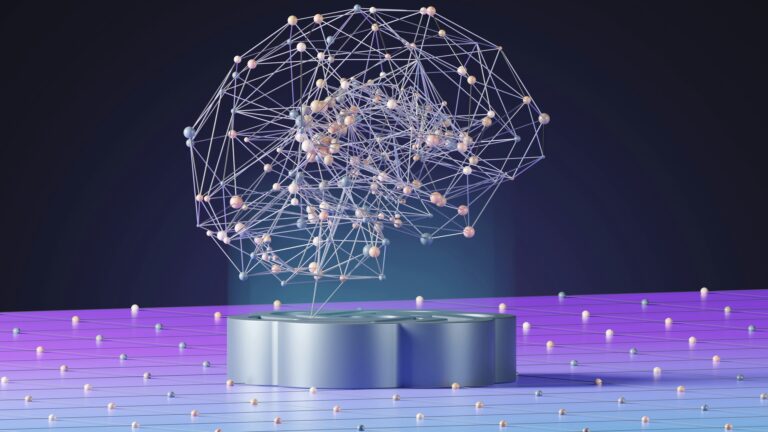Agent-to-Agent Testing: How AI Bots Collaborate to Ensure Software Quality
The next phase of software quality assurance is represented by agent to agent testing. In which several AI bots work together seamlessly to validate programs in ways that go beyond conventional automation. Agent-to-agent testing allows autonomous agents to communicate, exchange results, modify tactics, and jointly guarantee larger coverage of test scenarios.
In contrast to single-scripted automation frameworks that carry out pre-established processes. With the added advantages of speed, scalability, and ongoing learning, this collaborative intelligence replicates the teamwork and collaboration of human testers. Manual and even automated testing limitations become more apparent as software systems become more distributed, intricate, and linked.
Cross-platform validation, continuous assurance at scale, and real-time adaptation are all requirements for modern systems that cannot be met by a single testing agent. Organizations may achieve intelligent regression testing, adaptable validation across environments, and speedier anomaly detection by allowing AI bots to coordinate and communicate. It paves the way for a future in which quality assurance develops into an ecosystem that can maintain itself.
This guide will go through the evolution of software testing, to understanding agent-to-agent testing. It will also provide the key benefits of agent-to-agent testing, including how AI bots collaborate to ensure software quality.
Evolution of Software Testing
The evolution of software testing has progressed through multiple phases, from human validation to advanced AI-driven techniques on the market today. Earlier in software testing, testers primarily used manual processes to detect defects, which were time-consuming, error-prone, and even if perfectly executed, labor-intensive. Given the increased complexity of software, automation frameworks, such as Selenium, JUnit, and Appium. They have also revolutionized functional and regression testing to be fast and efficient.
But conventional automation was also less flexible, necessitating ongoing script modification and having little contextual awareness. Intelligent and cooperative agent-to-agent testing models were made possible by the transition to AI. This brought self-learning systems that could anticipate failures, maximize test coverage, and adjust to shifting needs.
Understanding Agent-to-Agent Testing
Multiple AI-driven agents collaborate to validate software systems in an enhanced quality assurance technique called agent-to-agent testing. This approach uses specialized agents with various functions. These contain explorers for program exploration, verifiers for output analysis, optimizers for performance enhancement, and reporters for results description, rather than depending on a single automated script or tool.
By cooperating and communicating, these agents work together to achieve deeper and broader test coverage. Agent-to-agent testing enables defect discovery faster, test execution more adaptively, and continuous learning by modeling team-based human collaboration. This creates a dynamic, intelligent ecosystem for ensuring software quality.
Key Benefits of Agent-to-Agent Testing
Agent-to-agent testing is a significant change in quality assurance. It enables multiple AI-powered bots to collaborate in real time. The primary benefits are as follows:
Enhanced test coverage: Several agents assess distinct modules, workflows, and edge cases at the same time, which will thoroughly validate the application. This distributed execution improves coverage and identifies defects in complex contexts that can be missed with a standard, scripted automation approach.
Faster defect detection: Collaborating agents use real-time interaction analysis to find issues early. They operate concurrently and cross-check each other’s results. This enables developers to handle problems quickly, reducing delays and enhancing release cycles in contrast to sequential test scripts.
Continuous learning and adaptability: AI agents learn from prior functions, underlining their strategies and adapting to changing behaviors of the software. This constant self-improvement cycle means testing will continuously transform with the application. As a result, it reduces the need for human intervention to constantly maintain the tests.
Scalability across platforms: Agent-based testing can simply be scaled to run simultaneously and test across devices, OS, and browsers. Organizations can increase their coverage without increasing resources by distributing the testing jobs to agents. Users can see both efficiency and cost benefit in testing across platforms. Artificial intelligence-based platforms, such as LambdaTest, provide scalable cloud-based devices that allow testers to perform testing across devices, OS, and browsers.
LambdaTest is an AI testing tool for test orchestration and execution. It is a quality engineering platform driven by GenAI that enables teams to test intelligently, efficiently, and quickly. Built for scale, it offers a testing cloud of over 3000 environments and real mobile devices.
LambdaTest supports test management, MCP servers, and agent-based automation. These help to speed up testing across the entire Software Development Life Cycle test planning and management, automation, infrastructure, test execution, root cause analysis, and reporting.
With the inclusion of intelligent test agent KaneAI, LambdaTest enables teams to run automated test suites, find anomalies, and maximize coverage while minimizing human effort. Its AI capabilities provide intelligent features like dynamic test prioritization, predictive analytics, and live bug detection. It acts as a key contributor to an effective modern DevOps pipeline.
Reduced human dependency: Agents function independently, and therefore, fewer human testers will be required for repetitive actions. While AI bots will execute routine tests, regression suites, and performance validations, human testers will continue to keep an eye on them. Enabling QA specialists to concentrate on strategic and exploratory testing tasks.
Parallel execution of tests: Agent collaboration significantly reduces execution time by enabling multiple scenarios to run simultaneously. Because parallel computing speeds up security, performance, and regression testing, even large-scale applications can be verified within constrained DevOps release cycles.
Smarter regression testing: Agents will dynamically select and prioritize some regression test cases based on code changes, failures in recent tests, or analytics on user behavior. This intelligence ensures that all critical paths are thoroughly tested while minimizing unnecessary execution of test cases.
Proactive defect prediction: Agents employ machine learning to analyze system behavior and patterns to predict potential failures before they happen. Switching testing from a reactive mode of identifying bugs to a proactive approach to quality assurance, this method greatly improves user experience and overall reliability.
Integration with CI/CD pipelines: Agent-to-agent testing ensures continuous validation at every stage of the development process by integrating smoothly into DevOps systems. Agile delivery intervals can be maintained while maintaining high-quality standards by agents automating the creation, execution, and reporting of tests.
How AI Bots Collaborate to Ensure Software Quality
Software testing is a dynamic, intelligent, and scalable process when AI bots work together. They utilize information by sharing knowledge, collaborating on the work, and constantly improving to create apps of a higher quality. They are:
- Task specialization- To enable testers to concentrate on particular activities, each AI bot is given a role, such as optimizer, verifier, or explorer. This specialization ensures precision while collectively covering every aspect of testing.
- Parallel execution- Several bots test the different modules or environments at the same time, reducing test cycles. Their collaboration accelerates feedback loops that are important in agile and DevOps pipelines.
- Adaptive strategies- Artificial Intelligence bots utilize the experience of their prior runs to modify their strategies and become more effective. They work together to help improve their coverage for testing purposes.
- Real-time monitoring- Some bots monitor performance parameters like speed, memory, and CPU utilization, while others run tests. When they work together, a single procedure yields both functional and performance information.
- Environment coordination- Bots are aligned among environments, browsers, devices, and even operating systems for consistency. This will ensure the program operates consistently regardless of platform, replicating how a user would interact with it with a real-world feel.
- Self-healing automation- When a test fails due to minor UI changes, collaborative bots automatically adjust locators or strategies. This guarantees more seamless, continuous test execution and lowers maintenance overhead.
- Continuous feedback to DevOps- AI bots provide constant feedback by integrating easily with CI/CD pipelines. Their cooperation guarantees early defect detection, enabling quick fixes without impeding development.
How reinforcement learning helps testing agents adapt
By using trial, error, and rewards, reinforcement learning (RL) enables testing agents to make wise judgments. Over time, RL-driven agents improve test efficacy, robustness, and coverage by continuously adjusting their methods in place of strict constraints. They are:
Dynamic test prioritization: RL allows agents to rank test cases based on what happened in the past and potential risk areas. The agents reshape priorities, and in doing so, efficiently allocate shared resources and guarantee that high-value features are always verified first.
Environment adaptation: Agents trained with RL adapt to changes in UI layouts, workflows, or APIs. Instead of failing, they modify strategies to continue validation, reducing maintenance and improving test robustness.
Optimizing test paths: Through exploration and reward-driven decisions, RL agents learn the shortest and most effective paths to validate functionality. This reduces execution time while maintaining thorough test coverage across applications.
Bug prediction and prevention: By analyzing patterns from past executions, RL agents predict likely failure points. This adaptation helps focus testing on weak areas, shifting QA from reactive defect detection to proactive prevention.
Balancing exploration and exploitation: RL agents balance exploring new test scenarios with exploiting proven ones. This ensures they continually discover new defects while retaining efficiency through repeatable, high-value test flows.
Continuous improvement over releases: Each release provides new experiences for RL agents, allowing them to refine models and adapt strategies. This continuous improvement makes them smarter and more effective with every iteration.
Handling uncertainty in systems: Complex systems often behave unpredictably. RL agents adapt by testing uncertain states, learning from failures, and building resilience in handling edge cases that traditional scripted automation often misses.
Resource optimization: RL helps agents balance test execution across limited resources like time, hardware, or environments. They adapt to constraints by learning the most efficient strategies without compromising coverage.
Collaboration among agents: Multiple RL-driven agents share learned policies and strategies. This collaboration creates a collective intelligence, where one agent’s learning accelerates another’s performance, improving the overall efficiency of agent-to-agent testing systems.
The Future of Agent-to-Agent Testing
The development of completely autonomous, self-optimizing QA ecosystems where AI bots work together smoothly across contexts while continuously learning. This advancement is fundamental for the future of agent interaction testing. These intelligent agents will not only detect difficulties but also enhance productivity and proactively guarantee adherence to regulations.
By embedding more deeply into DevOps and AIOps pipelines, agent-to-agent testing will turn quality assurance into a predictive, adaptive, and resilient process that can deliver software more rapidly and reliably.
Conclusion
In conclusion, intelligent AI bots are working together to support fast, flexible, and accurate testing through agent-to-agent testing, a significant breakthrough in software quality assurance. When agents share the responsibility for learning, providing feedback, and testing, reliability improves, and a human tester’s workload is greatly reduced.
As usage expands, this approach will transition to self-sustaining QA ecosystems, guaranteeing strong, efficient, and predictive testing. Ultimately, agent-to-agent communication redefines software quality to meet the requirements of contemporary, dynamic digital environments.
Agent-to-agent testing benefits from automation AI tools to validate API workflows efficiently. These tools simulate inter-service communication, identify bottlenecks, and ensure data consistency, enabling developers to catch integration issues early and maintain robust, scalable, and reliable software architectures across complex systems.




